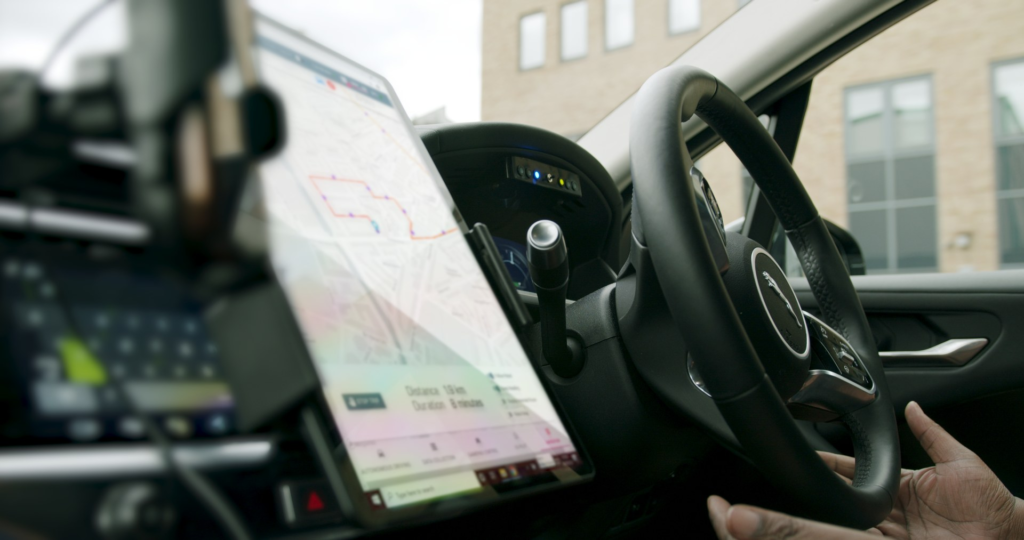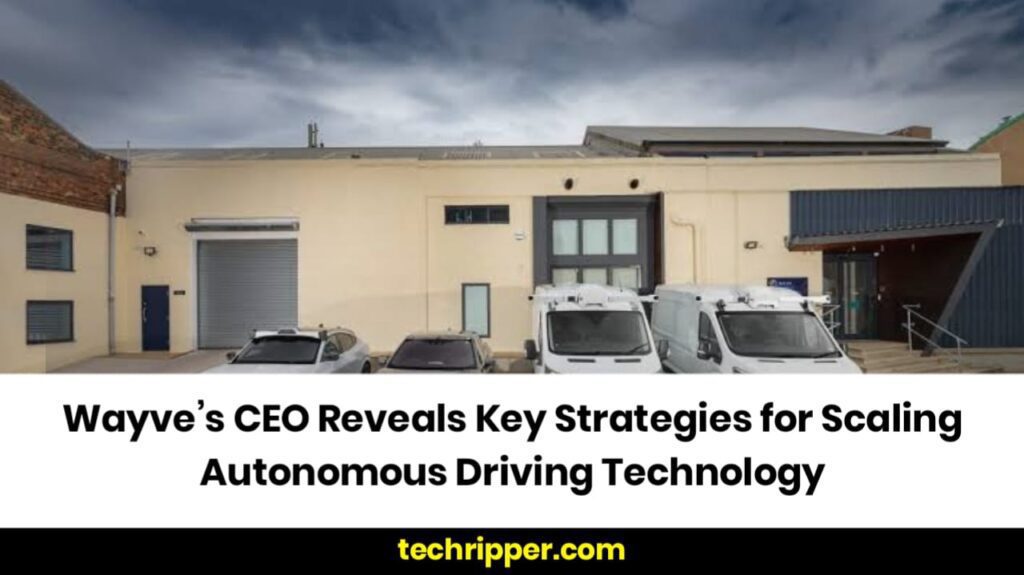Wayve co-founder and CEO Alex Kendall sees promise in bringing his autonomous vehicle startup’s tech to market. That is, if Wayve sticks to its strategy of ensuring its automated driving software is cheap to run, hardware agnostic, and applicable to ADAS (Advanced Driver-Assistance Systems), robotaxis, and robotics.
A Data-Driven Approach to Autonomy
This unique approach has attracted investors. Founded in 2017, has raised over $1.3 billion in the past two years and plans to license its self-driving software to automotive and fleet partners, such as.
Wayve’s Strategy for Automotive Partnerships
While Wayve hasn’t yet announced any automotive partnerships, a spokesperson told TechCrunch that they are in “strong discussions” with multiple OEMs to integrate their software into different vehicle types.
A key selling point is that Wayve’s software is cost-effective for OEMs. Since it works with existing sensors (like cameras and radar), manufacturers don’t need to invest in additional hardware. Wayve is also “silicon-agnostic”, meaning it can run on any GPU already present in OEM vehicles—though its current development fleet uses Nvidia’s Orin system-on-a-chip.

The Road to Full Autonomy
Kendall emphasized that entering the ADAS market is crucial for Wayve because it enables scalability, data collection, and a pathway toward Level 4 autonomy—where a vehicle can navigate independently under certain conditions.
Unlike most companies developing Level 4 tech, Wayve’s AI driver does not rely on lidar, which is traditionally used to generate 3D maps. Instead, Wayve follows an approach similar to Tesla, leveraging end-to-end deep learning and massive ADAS deployment to improve its system.
However, unlike Tesla—which relies solely on cameras—Wayve is open to incorporating lidar in the future. According to Kendall, if the goal is for cars to “drive faster through fog,” additional sensors like lidar may be beneficial.
Introducing GAIA-2: Wayve’s Generative AI Model
Wayve also unveiled GAIA-2, its latest generative world model designed for autonomous driving. The model is trained on vast amounts of real-world and synthetic data across multiple tasks. It processes video, text, and actions together, enabling Wayve’s AI driver to exhibit more adaptive and human-like driving behavior.
“What is really exciting to me is the human-like driving behavior that emerges,” said Kendall. “There’s no hand-coded behavior, no HD maps, just a data-driven system that handles complex, diverse scenarios—including ones it has never seen before.”
Wayve shares a similar philosophy with autonomous trucking startup Waabi, both of which focus on scalable, data-driven AI models and use generative AI simulators for testing and training.
Conclusion
Wayve’s bold vision and AI-first approach could position it as a leader in the future of autonomous mobility. While full autonomy remains a long-term goal, Wayve’s entry into ADAS and fleet-level AI driving systems could be the stepping stone toward widespread self-driving adoption.
Also Read : Federal Judge Blocks DOGE’s Access to Social Security Data Over Privacy Concerns

